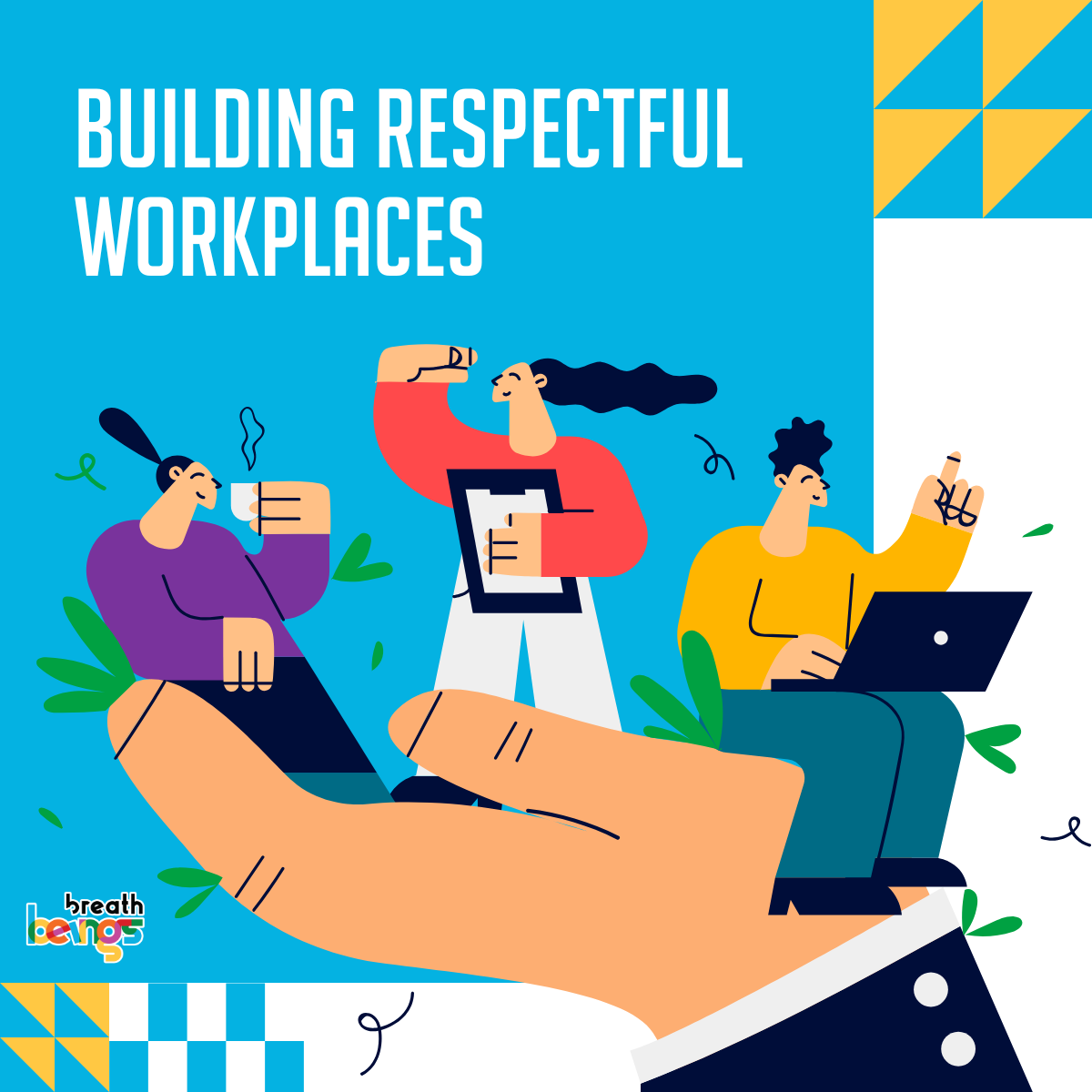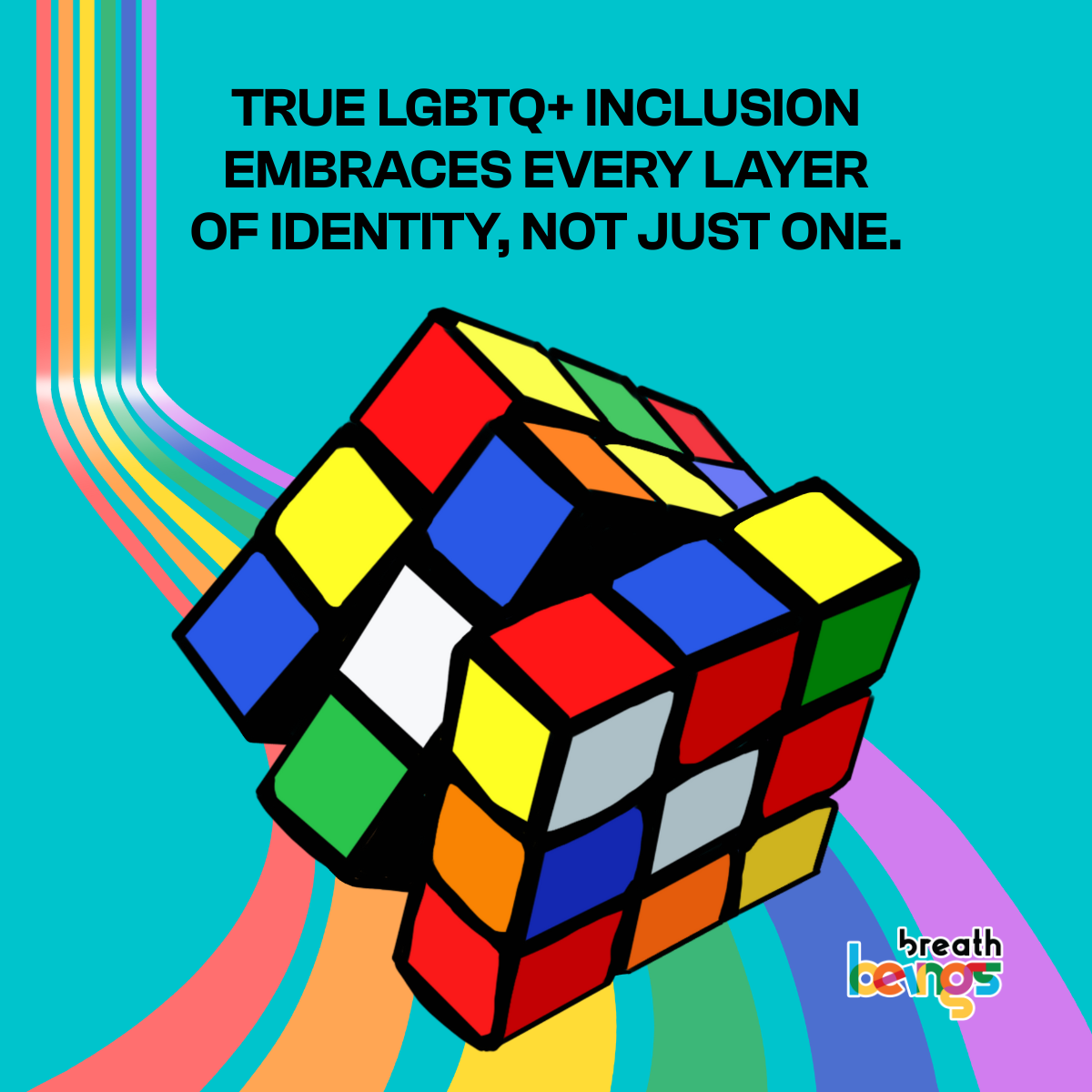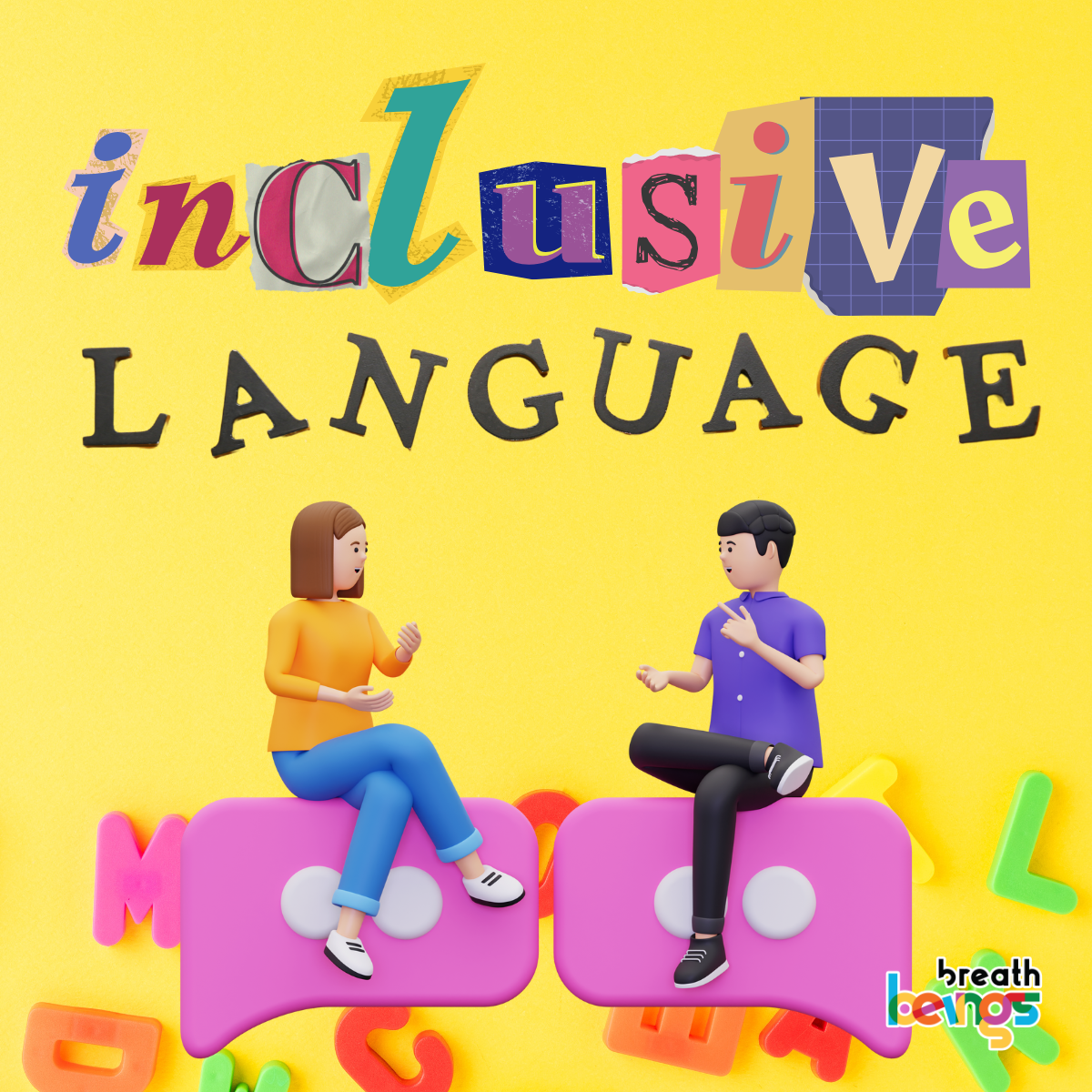Consent: /kənˈsɛnt/
Let’s delve into the concept of consent. Does it encompass more than physical intimacy? While the media often portrays workplace consent as related to physical touch, it actually transcends such gestures. Whether you’re a leader, manager, or employee, understanding and integrating consent into our daily work interactions is crucial.
Ajay(He/him) is a team leader, managing 20 employees. Ajay and his team successfully delivered a high-stakes project for their organisation. To celebrate this milestone, the team has been invited to a pub for a dinner meeting. Everyone in the room is a few drinks down and they all hit the dance floor. The vibe in the environment is fun and everyone is having a good time.
On the dance floor, Ajay is enthusiastically inviting his team members to dance. He also repeatedly calls the women in his team onto the dance floor. A few women politely refuse his invitation. However, he relentlessly pursues them and would not take “No” for an answer. He also holds a woman colleague by her hand and leads her onto the dance floor. He is dancing in very close physical proximity with the team. While the women try to leave the dance floor, he makes sure he pulls them back in and keeps encircling them with his dance steps.

Do you think Ajay’s behaviour is OK?
In the name of fun, is it OK to breach personal boundaries?
Is it alright to coerce employees into doing what you expect of them?
Would it be difficult for team members to say a “No” to Ajay considering he is in a power position?
Ajay’s behaviours definitely qualify as misconduct and harassment. A position of power does not exempt anyone from having to respect people’s boundaries and cater to the principles of consent.
Consent also transcends beyond the physical realm. Here are types of consent to be aware of
- Emotional consent: We may subconsciously share events from our personal life, which may end up as psychological triggers for people around us. This could also happen when we discuss socio-political events. It’s always helpful to ask if the room is OK to discuss these issues. Letting people know what they can expect is a useful way to hold a safe space for everyone present.
- Workplace consent: Transparency and respect for work boundaries are essential. Before assigning extra work or asking employees to work for longer hours, it is important to ask if they are willing to do the same, rather than assuming their bandwidth
- Digital Consent: Is everyone in the room comfortable with their pictures being clicked and shared on social media? Are people OK to be tagged on photos/videos? It helps to check in with people before sharing any content or pictures of them online. Just asking a simple question, “Is everyone OK for photos to be clicked and shared online?”. There’s a good possibility that a few people may succumb to peer pressure and not openly express their discomfort. Taking group consent by e-mail the previous day could also be a way to work around digital consent.
Potential reasons for people not wanting their photos clicked or shared
- Not wanting a digital presence: Some people may just want to stay off social media and we have to respect that choice.
- Discomfort for self-representation: Photos being clicked and their outcome is not in our hands. Sometimes, we may not be comfortable with the way we are depicted in photos
- Staying off social engagement: People may not want to engage with what others have to say about them.
Implementing consent
2. Observe: Tune into the social language. Be observant of cues that tell you what an individual could be going through. (Look for eye contact, filler words, hesitation, discomfort) If you sense someone is in discomfort, approach them for a conversation in a safe and non-judgmental manner.
3. Course Correct: when we encounter events that might create a hostile environment, we need to bring it up.
- Someone cracked an inappropriate joke
- Someone uses swear words
- Someone body-shamed another person
- Someone made a racist/sexist/homophobic remark
A culture of consent is where people feel respected, safe and valued. By being more aware of the dimensions of consent, we can together create an Inclusive workplace where employees experience belonging.
Explore under resources: THE SEXUAL HARASSMENT OF WOMEN AT WORKPLACE
(PREVENTION, PROHIBITION AND REDRESSAL) ACT, 2013
Explore under resources: Handbook on Sexual Harassment of Women at Workplace (PREVENTION, PROHIBITION AND REDRESSAL) ACT, 2013












